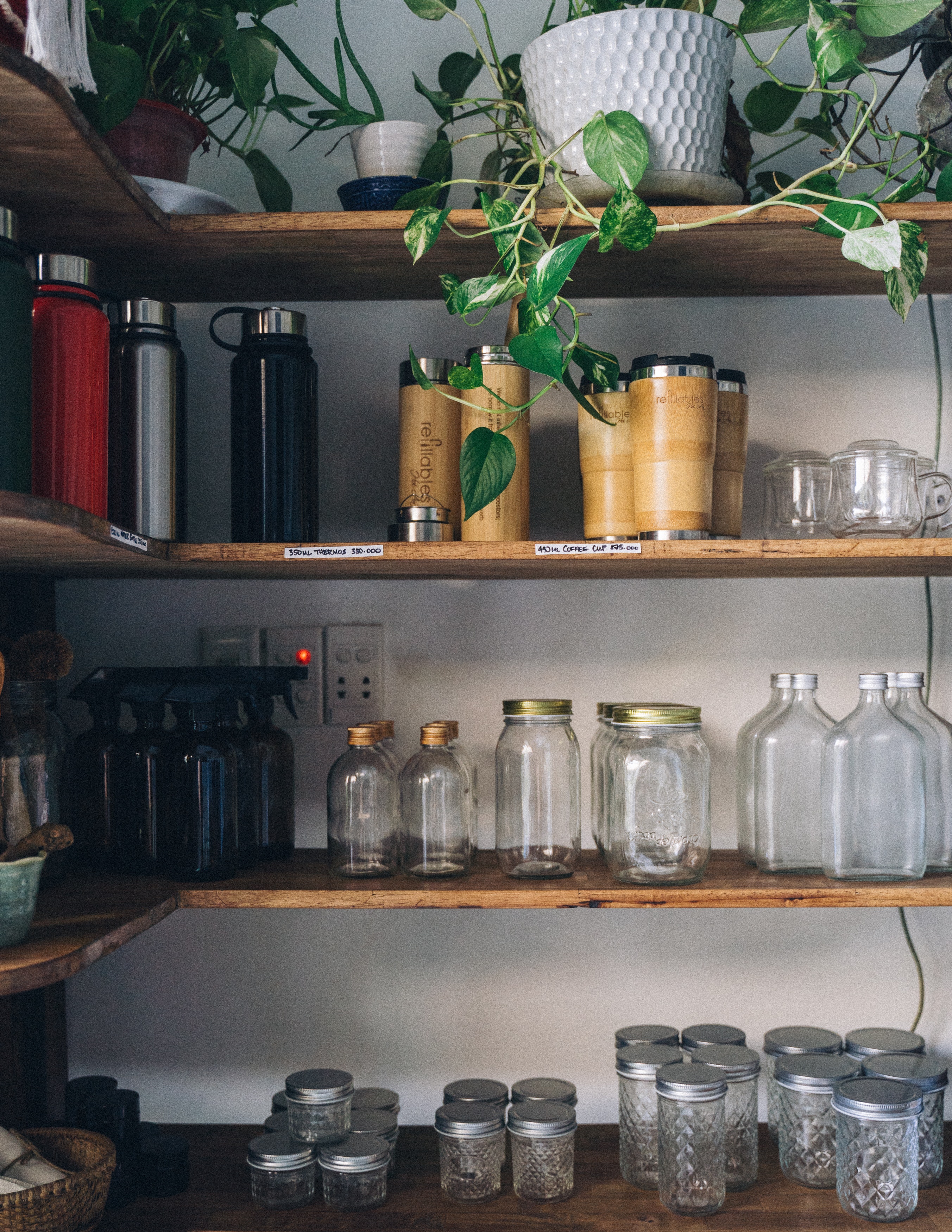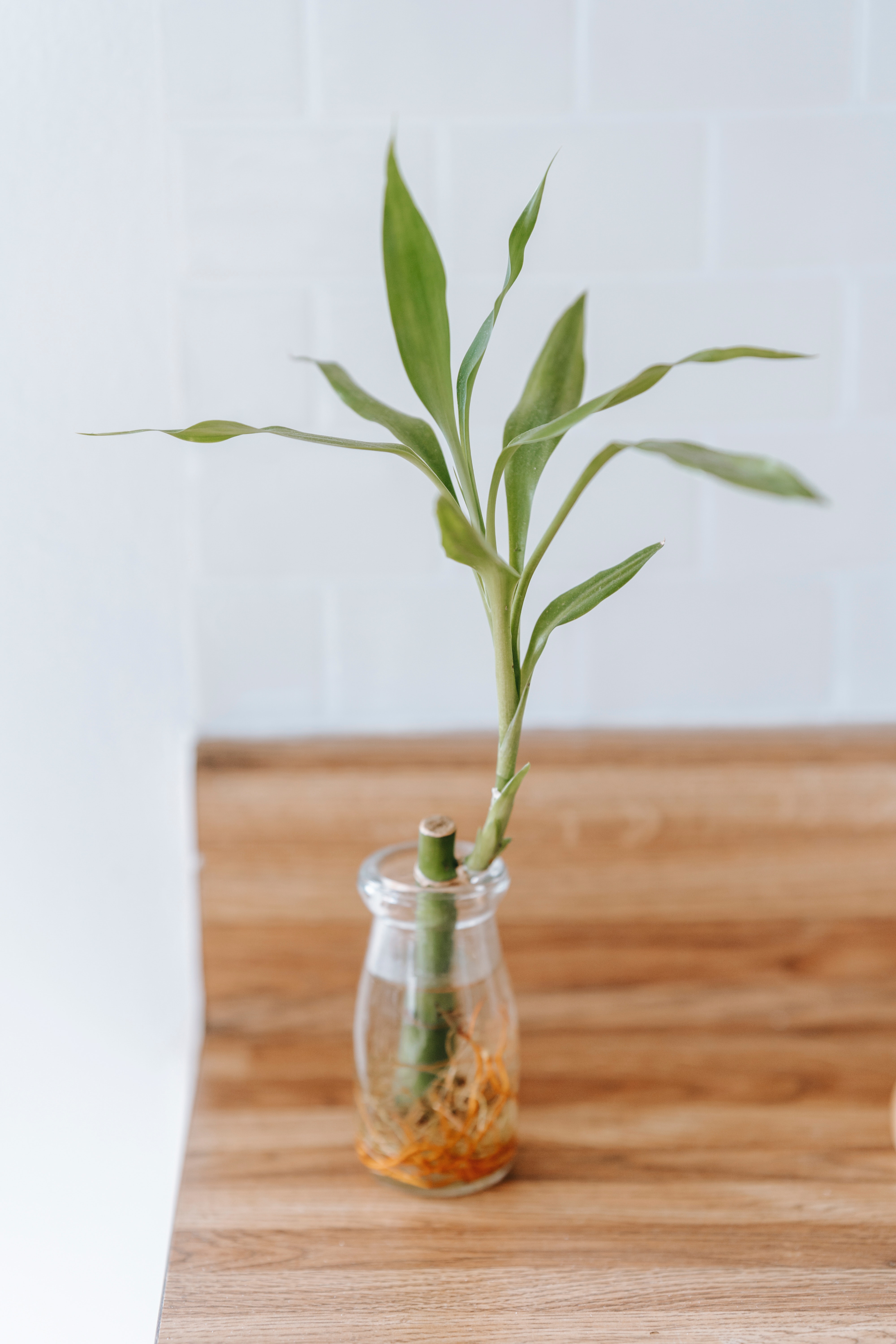My journey with sustainable living started with a major Marie Kondo-style decluttering session. It was while I was getting rid of bags and bags full of things that were not just old or broken, but also completely forgetten that it suddenly hit how very wasteful my existence had been up until then.
After this huge epiphany, I decided it was time to change the way I live and consume stuff. And that was the beginning of my sustainable living journey. And while doing some research, I realised so many things I believed I knew about living greener were, in fact, total myths.
Sustainable living is actually a lot easier than I thought, but these myths stopped me from ever giving this lifestyle a chance. These are the four biggest myths about sustainable living I wish I had stopped believing earlier.

- Sustainable living is for the rich
I cannot tell you for how long I have been feeding myself the narrative that you need to have a lot of money to live sustainably, as it is an expensive affair. Sure, sustainable products are usually a little more expensive than regular ones. This is because they are generally of much better quality and sustainably manufactured and sold, which makes them a bit expensive. But buying those is not the only way to live greener.
But buying eco-friendly products is just one of the many ways to live greener, not the only way. If you can afford those products, great because they are really great. But if you can’t there are so much you can do with the things you can afford or already own. Start with taking better care of the stuff you already own and use something until it’s completely worn out before replacing it. If you can further recycle it (for eg. old clothes into cleaning rags), then do it.

- Replace every single plastic item
All of us know plastic is bad for the planet and how single use plastic is one of the most common perpetrators of waste around the world. But even so, throwing out all the plastic items you already own isn’t the answer to starting a more sustainable lifestyle. Besides, it would be worth mentioning that it is nearly impossible to eliminate plastic completely as it is a part of nearly everything.
But since plastic is really harmful for the planet, it makes sense to reduce its consumption and wastage, especially single use plastic. Start small by carrying your own metal or glass bottle when stepping outside. Avoid buying plastic bags at the grocery store and carry your produce in cloth bags instead. Reuse glass jars from the sauces and butters to store your grains and spices instead of buying cute matching jars. Using and reusing the plastic items until they’re maxed out before replacing them is much more sustainable than simply throwing everything out and replacing it with glass.
- It’s a lot of effort
Just like implementing any lifestyle change requires some effort, the same applies to sustainable living as well. However, it is not as daunting as it sounds. With just a little intention and effort, it is totally possible to make simple, greener swaps without a complete lifestyle overhaul.
Start with evaluating your current lifestyle and think of the areas you can make greener changes to. These changes don’t have to be big or perfect, and should easily fit into your current lifestyle without making you feel overwhelmed. If you are looking for some inspiration, these sustainable living ideas for beginners might provide you with some inspiration.
- It’s zero waste or nothing
When I first started researching about sustainable living tips, I was so intimidated by the whole ‘fitting your trash in a mason jar’ idea. The idea seemed really far fetched, and it is something I still find intimidating. And even though living sustainably does mean trying to reduce waste wherever possible, fitting all your waste in a mason jar isn’t exactly realistic for a lot of people, me included.
But since it’s helpful to reduce waste wherever possible, think of the areas in your life where you are producing waste and how you can reduce that. For example, if you tend to purchase plastic bags at the grocery, start with hanging your cloth bags near the door so it’s easier to grab them before leaving. In case you use paper towels for your home, you can gradually start replacing them with cloth rags. Be imperfect, be creative because all your small steps really count!
Sustainable living is really not complicated or expensive. It can be as simple as starting with implementing just one or two greener changes that you can easily accommodate in your current lifestyle and then building it up from there.
One thing I like to remember is that the ultimate goal of sustainable living is to consume less, be it plastic or glass. So if anything feels too complicated and unachievable for my lifestyle, it’s probably not worth fussing over. And that small, imperfect steps are much better than taking no steps.
